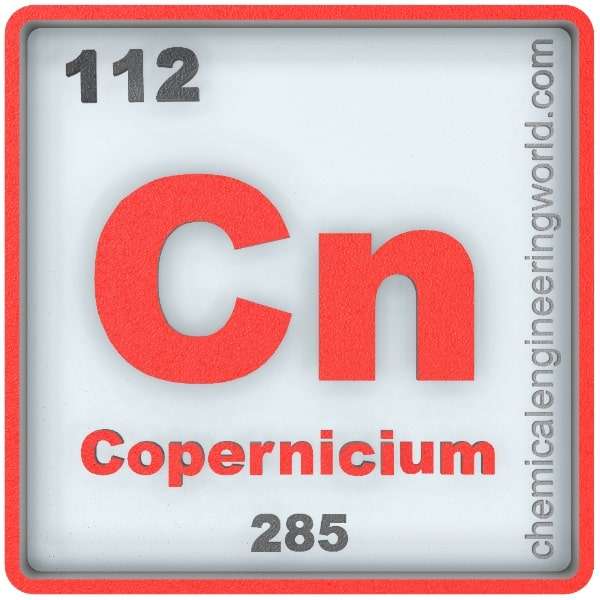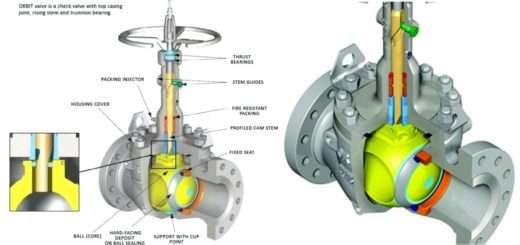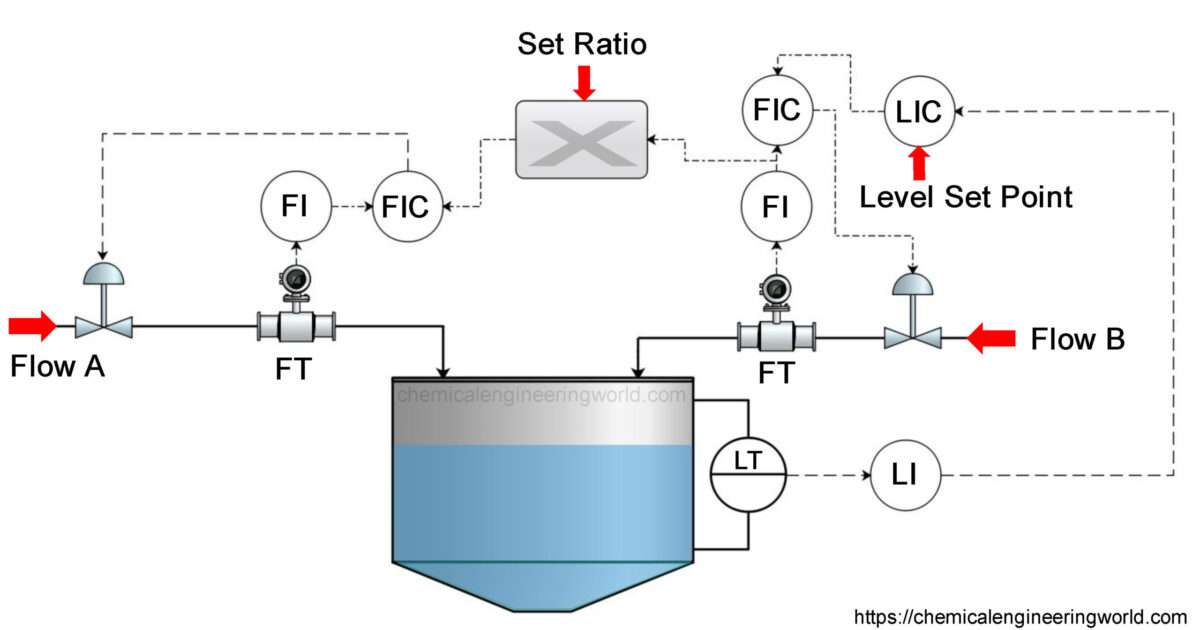Copernicium Element Properties and Information

Copernicium Element Properties and Information
Copernicium is 112th element on the periodic table. Elements are arranged in the periodic table on the basis of the atomic number. Atomic number is the number of protons in the nucleus of the atom. Copernicium has an atomic number of 112. It is located in the Group 12 and Period 7 of the periodic table of elements and denoted by the symbol ‘Cn’. Copernicium is named after the Renaissance scientist, Nicolaus Copernicus, who is called the father of modern astronomy.
In 1996, an international team led by Sigurd Hofmann at the Gesellschaft fur Schwerionenforschung (GSI) produced the first few atoms of isotope-277 of element-112 by bombarding lead with zinc for two weeks; the isotope had a half-life of 0.24 milliseconds. The Joint Institute for Nuclear Research (JINR) observed isotope-284 as part of the decay sequence of livermorium (element-116) and isotope-285 as part of the decay sequence of flerovium (element-114).
Copernicium does not occur naturally in Earth’s crust; it can only be prepared in a synthetic manner in particle accelerators. It cannot even be prepared in a nuclear reactor. All the isotopes of copernicium which have been characterized so far have been obtained synthetically.
Physical Properties
- Copernicium is a synthetic radioactive element whose isotopes have exceedingly short half-life times.
- The atomic mass of copernicium is 276.8.
- The melting point of copernicium is unknown as of yet.
- The boiling point of copernicium is unknown as of yet.
- The density of copernicium is unknown as of yet.
- Very few physical properties of copernicium have been studied so far owing to short half-lives of all its isotopes, the expensive production, and also quick-decay nature of the parent chain.
- Copernicium is predicted to be gas at room temperature; if this turns out to be true then copernicium would be the first element on the periodic table to be a gas and a metal at the same time.
- Copernicium is expected to be a semi-conductor.
- Copernicium is predicted to assume a hexagonal close-packed crystal structure.
- The longest-lived copernicium isotope has a half-life of 28 seconds.
Chemical properties
- Measurements of a few singular-chemistry related properties have been done so far.
- Copernicum compounds have been predicted to form the oxidation states of +4 and +2, in the aqueous solution.
- Copernicium has adsorption properties in agreement with being the heaviest member of the group-12 elements.
Methods of Production
Particle Accelerators: All the elements which have atomic number greater than 100 can only be prepared through reactions in a particle accelerator such as a cyclotron; they are not formed in a nuclear reactor. Lead-208 bombarded with zinc-70 yields copernicium-277.
Relevance in Chemical & Related Industries
Copernicium has no relevant use in chemical & related industries.
Relevance in Other Industries
Research: Copernicium has relevance only in the field of research.
Health Effects on Exposure
Copernicium doesn’t occur naturally hence there is no reason to study its effects on health.
Effects on Surroundings
Copernicium does not occur in Earth’s crust hence there is no reason to study its effects on environment.
References:
https://en.wikipedia.org/wiki/Copernicium
































